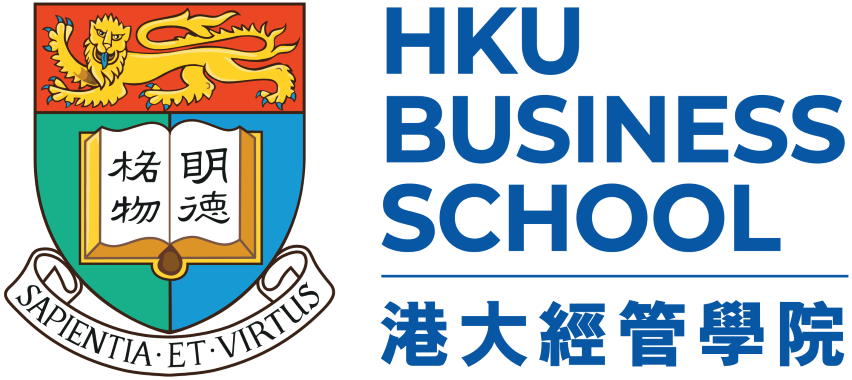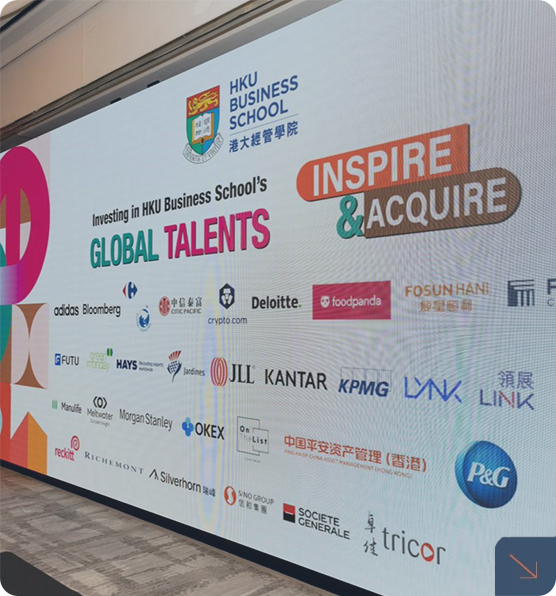Transplant Rejection? Dark Side of Acquisition on Product Quality Failure
SPEAKER
Dr. Jongsoo (Jays) Kim
Assistant Professor of Strategic Management
Department of Management, School of Business
Hong Kong Baptist University
ABSTRACT
While acquisitions that seek technology can be an effective way for acquiring firms to achieve new technology and breakthrough innovations, extant research on strategic management and technology management and innovation has overlooked how the acquired technology or products can be a hazard due to the acquisition. Are there any negative impacts of acquisitions that are done to obtain new innovative products from the external market? Do acquiring firms have a thorough understanding of the technological features of the new products they acquire? In this paper, we applied a multi-level approach (i.e., at firm- and product-level) regarding acquisitions and product recalls in the U.S. medical device industry. We found evidence that firms that engage in more acquisition activity experience more product recall incidents, but that quality failure is more prevalent when their acquisitions are less related to their core technology domain. Moreover, our data showed that product quality failures are deeply related to asymmetric information and coordination processes. Furthermore, we confirmed that acquired products are more likely to result in more serious recalls.





